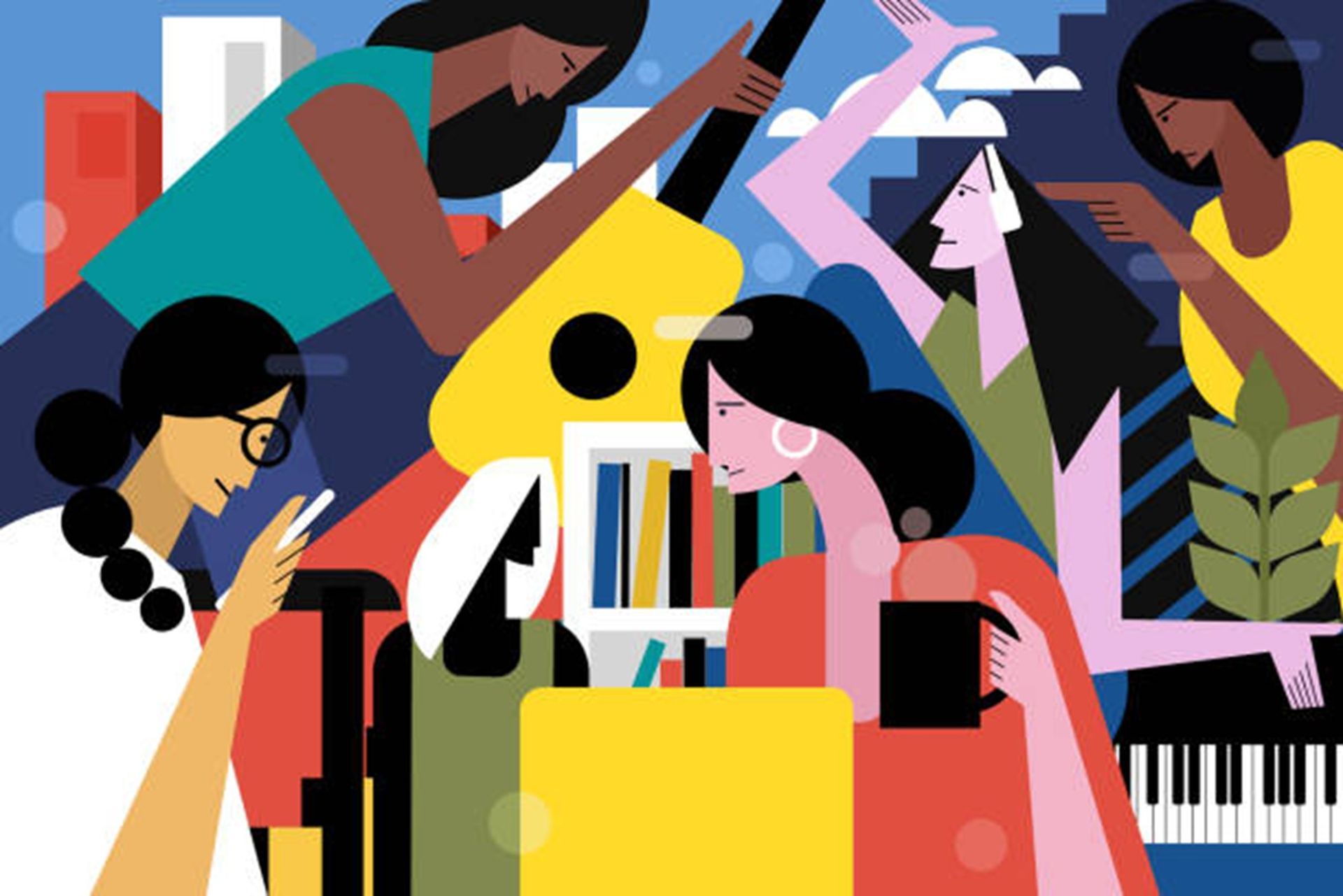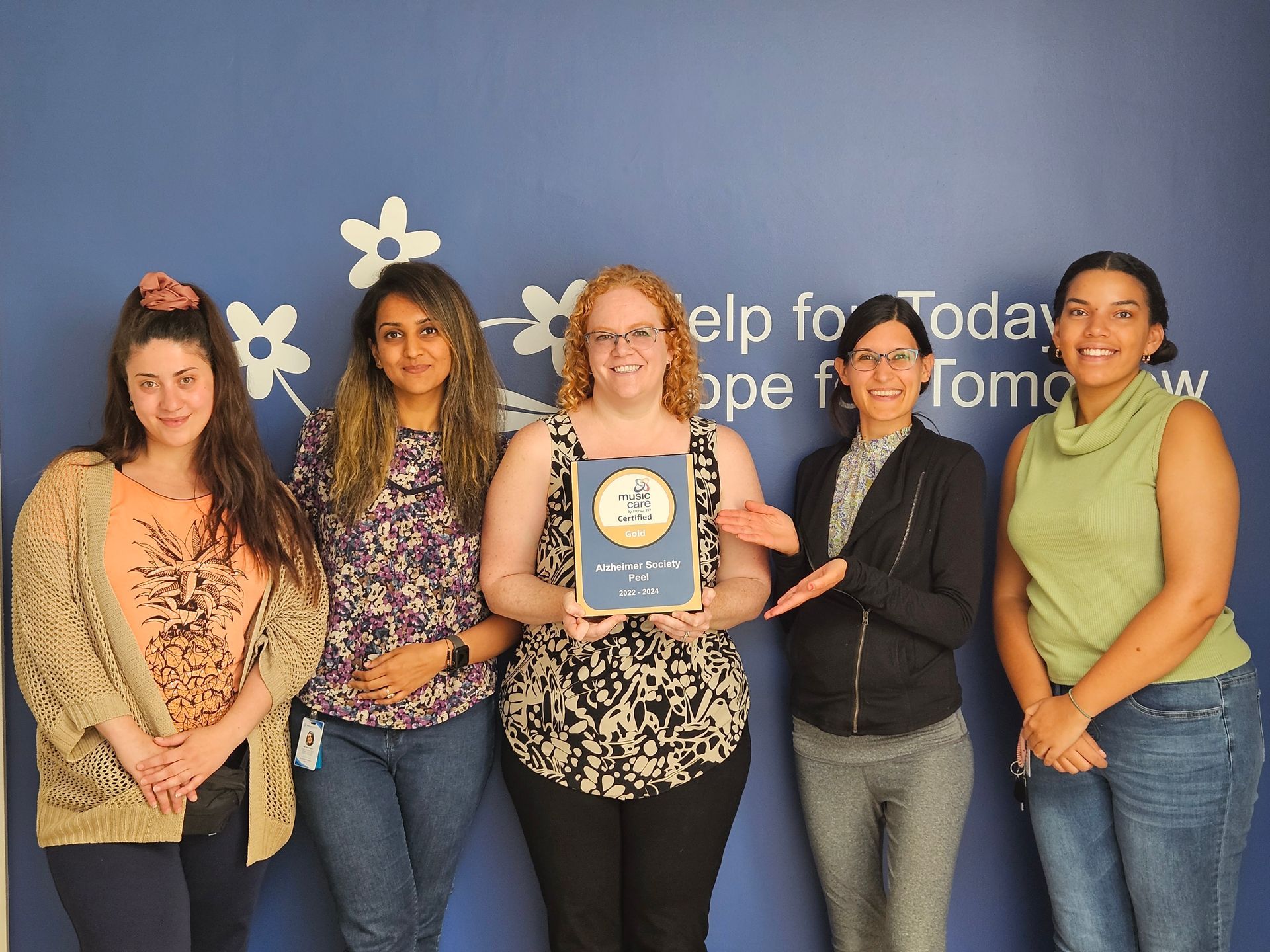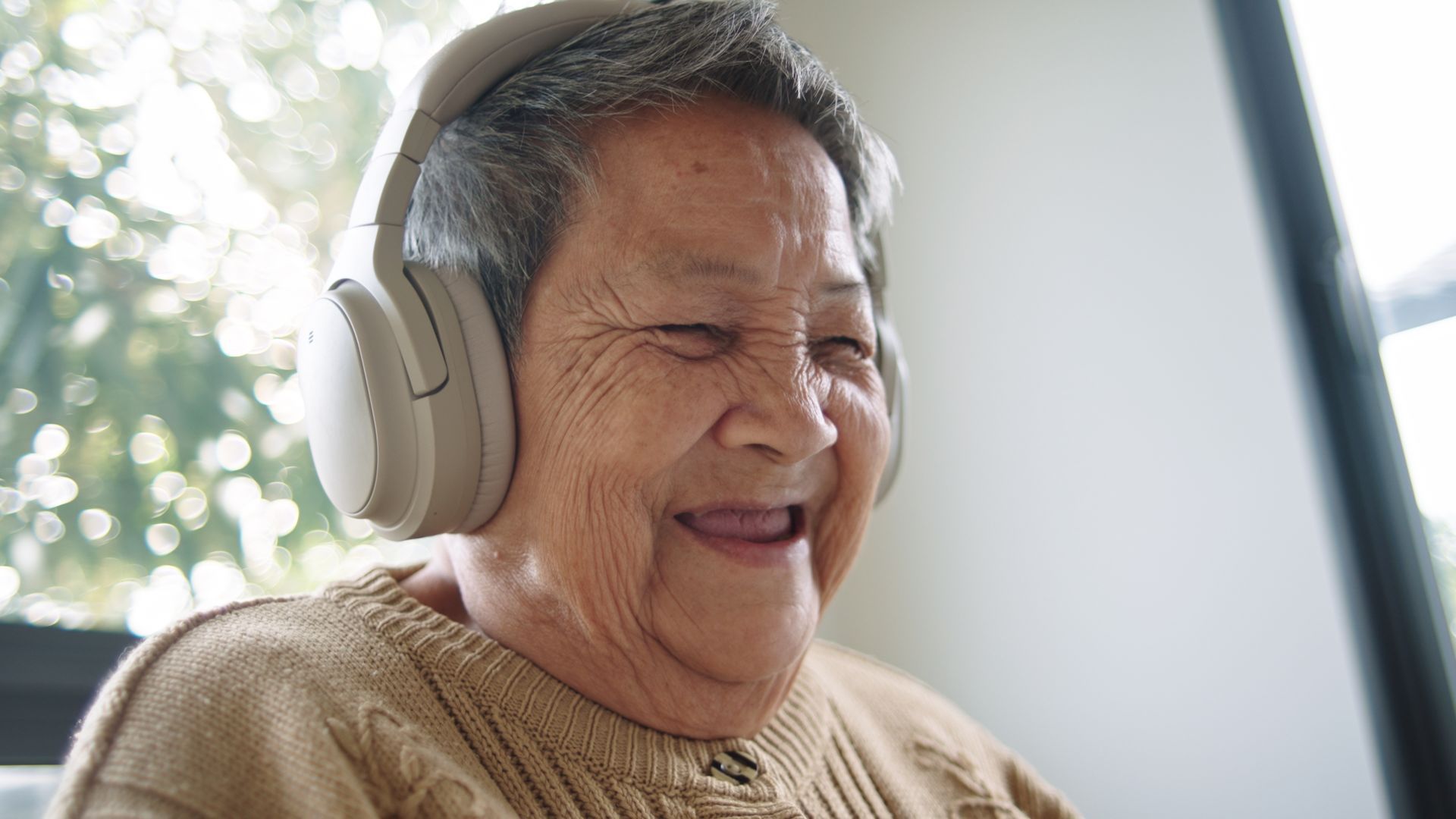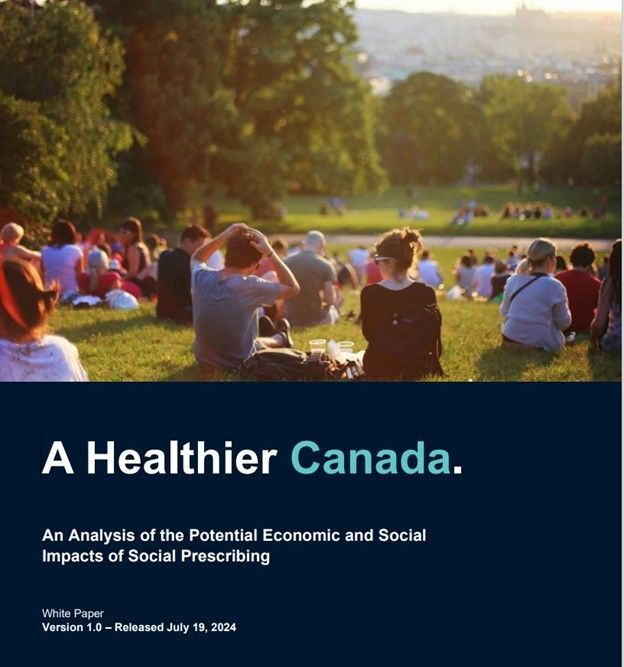Arts and Health
MUSIC CARE WEBINARS
Blogs






Adaman J.,Blaney, P., (1995). The effects of musical mood induction on creativity. Journal of Creative Behavior. 29(2):95-108
Baker, F.A., & MacDonald, R.A.R. (2014). Experiences of creating personally meaningful songs within a therapeutic context. Arts and Health, 6(2), 143-161.
Fraser, A., Bungay, H., & Munn-Giddings, C. (2014). The value of the use of participatory arts activities in residential care settings to enhance the well-being and quality of life of older people: A rapid review of the literature. Arts and Health, 6(3), 266-278.
Fraser, K.D., al Sayah, F. (2011). Arts-based methods in health research: A systematic review of the literature. Arts and Health, 3(2), 110-145.
Huhtinen-Hilden, L. (2014). Perspectives on professional use of arts and arts-based methods in elderly care. Arts and Health, 6(3), 223-234.
Rider, M. and Weldin, C. (1990). Imagery, improvisation and immunity. Arts in Psychotherapy. 17:211-216.
Skaggs, R., (1997). The Bonny method of Guided Imagery and Music in the treatment of terminal illness: a private practice setting. American Music Therapy Association Perspectives 15 (1).
Skingley, A., Page, S., Clift, S., Morrison, I., Coulton, S., Treadwell, P., …Shipton, M. (2014). "Singing for breathing": Participants' perceptions of a group singing programme for people with COPD. Arts and Health, 6(1), 59-74.
Trappe, H.J. (2012). The effect of music on human physiology and pathophysiology. Music and Dementia, 4(2), 100-105.
Zaza, C., Sellick, S., Willan, A., Reyno, L., Browne, G. (1999). Healthcare professionals: familiarity with nonpharmacological strategies for managing cancer pain. Psychooncology 8(2): 99-111.
Books
Bonny, H. (1978). The role of taped music programs in the GIM process. Baltimore, MY: ICM Books.
Crowe, B. (2004). Music and soulmaking: Toward a new theory of music therapy. Lanham, MA: Scarecrow Press.
Gaynor, M. (1999). The healing power of sound. Boston, MA: Shambhala Publications. Inc.
Gaynor, M. L. (1999). The healing power of sound: Recovery from life-threatening illness using sound, voice, and music. Boston, MA: Shambhala Publications. Inc.
Juslin, P.N., & Sloboda, J.A. (Eds). (2010). Handbook of music and emotion: Theory, research, applications. Oxford, UK: Oxford University Press.
Links
American Music Therapy Association
www.musictherapy.org
Arts Health Network
www.artshealthnetwork.ca
Created to advance understanding of the many ways that arts-based activities contribute to individual and community health.
Canadian Association for Music Therapy
www.musictherapy.ca
Ontario Trillium Foundation
www.trilliumfoundation.org
The Ontario Trillium Foundation, one of Canada's leading grantmaking foundations, is an agency of the Government of Ontario.
Laurier Centre for Music in the Community
https://researchcentres.wlu.ca/laurier-centre-for-music-in-the-community/index.html
Sidney De Haan Research Centre for Arts and Health
https://www.canterbury.ac.uk/health-and-wellbeing/sidney-de-haan-research-centre/sidney-de-haan-research-centre.aspx

